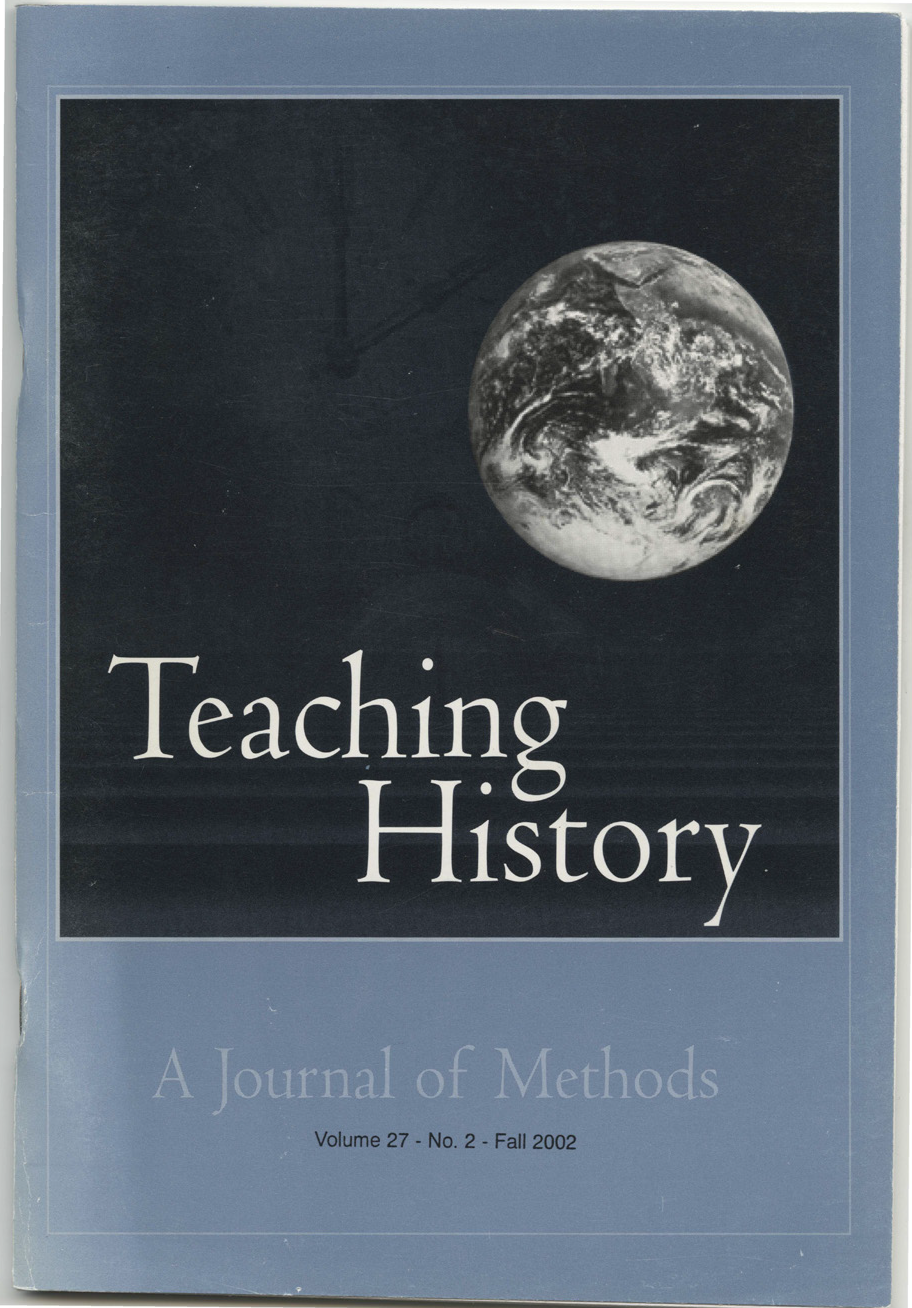A "Great Roads" Approach To Reaching Modern World History And Latin American Regional Survey Courses
A Veracruz To Mexico City Case Study
DOI:
https://doi.org/10.33043/TH.27.2.59-73Abstract
In January of 2000, the authors of this article made a ten-day field trip along Mexico's Veracruz to Mexico City corridor, with notebooks, detailed maps, and digital camera in hand. This was all in support of their recent experience in teaching history survey courses on their respective campuses. Jim Brown of Samford University has been developing interactive three-dimensional topography models as a basis for his sophomore modem world history course. Doug Sullivan-Gonzalez, Latin American historian at the University of Mississippi, has been fine-tuning his introductory regional history courses in the Croft International Program there. We have both gravitated towards use of a "great roads" approach. Twenty years of discussion between us, including recent visits to each other's campuses and incorporation of some of the other's approaches, led up to this joint field trip. In this article we first outline an innovative "great roads" way of teaching "World History Since 1500" as it has evolved at Samford in recent years. Then at more length we develop the "Veracruz to Mexico City corridor" case study approach to the modem history of Latin America as we both now use it in our survey courses.
Downloads
Downloads
Published
How to Cite
Issue
Section
License
Copyright (c) 2002 James Seay Brown, Jr and Douglass Sullivan-Gonzales

This work is licensed under a Creative Commons Attribution-NonCommercial-NoDerivatives 4.0 International License.
By submitting to Teaching History, the author(s) agree to the terms of the Author Agreement. All authors retain copyrights associated with their article or review contributions. Beginning in 2019, all authors agree to make such contributions available under a Creative Commons Attribution-NonCommercial-NoDerivatives 4.0 International license upon publication.



